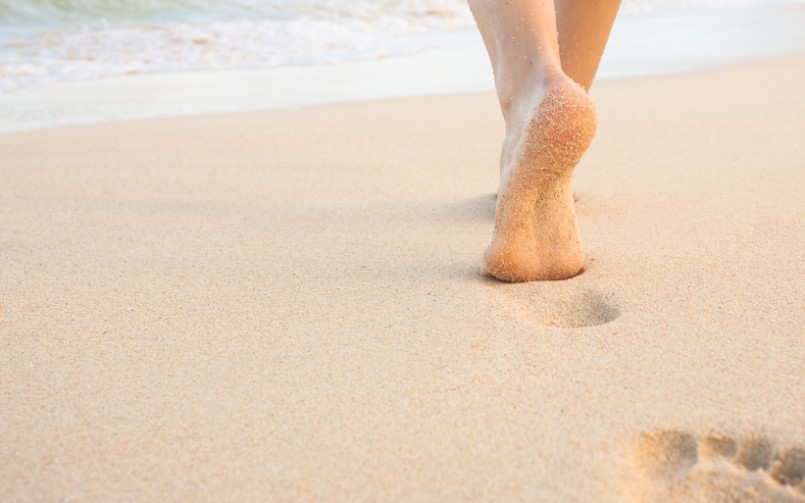
The Connection Between Bunions and Hammertoes
 Bunions and hammertoes are two foot conditions that are often grouped together. Both are common reasons for consulting an orthopedic foot specialist, and both are frequently corrected with foot surgery when symptoms are severe. What you may not know is that bunions and hammertoes commonly occur together in the same foot, and are interrelated in terms of how they develop. Simply put, having a bunion makes it more likely that you’ll develop a hammertoe.
Bunions and hammertoes are two foot conditions that are often grouped together. Both are common reasons for consulting an orthopedic foot specialist, and both are frequently corrected with foot surgery when symptoms are severe. What you may not know is that bunions and hammertoes commonly occur together in the same foot, and are interrelated in terms of how they develop. Simply put, having a bunion makes it more likely that you’ll develop a hammertoe.
In this blog, orthopedic foot and ankle surgeon, Stuart Katchis, M.D., will describe the differences between bunions and hammertoes and explain how the two conditions may go hand in hand.
What is a bunion?
A bunion is a painful bump on the outside of the foot at the base of the big toe. It is one of the most common problems in the forefoot, and occurs when the joint between the foot and the big toe becomes unstable. When this happens, the joint becomes misaligned and the big toe begins to drift in the direction of the second toe, causing the ends of both the foot bone and the first toe bone to protrude outwards. The ends of these bones are what actually form the bump that characterizes a bunion.
In technical terms, a bunion is a partial or complete dislocation of the metatarsophalangeal joint, which occurs over time and is often due to abnormal foot mechanics or improperly fitting shoes. Bunions are a progressive condition and will worsen over time. They can cause significant discomfort and seriously limit daily activities if left untreated.
What is a hammertoe?
Hammertoes typically occur in the second, third or fourth toes, and they are a deformity resulting in your toe’s inability to straighten out. The toe is held in a curled or raised position rather than resting flat with the other toes. The term “hammertoe” is due to the fact that when viewed from the side, toes impacted by this condition will resemble hammers. A hammertoe may occur in only one toe or in multiple toes.
Hammertoe is caused by tightened and constricted toe muscles. When a toe is chronically held in a bent position, it causes the muscles to lose length. Over time, the muscles are unable to regain their original length (even with stretching or other treatments), and the result is a hammertoe.
What’s the relationship between bunions and hammertoes?
One of the biggest risk factors for developing a hammertoe is having a bunion. Another risk factor, directly related to your foot anatomy, is having a second toe that is longer than your big toe. This is because a longer second toe is often forced into an unnatural position in your shoes, causing it to curl and eventually resulting in a hammertoe.
In the case of a bunion, the sideways drift of your big toe causes it to lie in an unnatural position. Often times, this misalignment means the big toe will become the shorter toe next to the adjacent second toe. In this case, even though your second toe isn’t physically longer, it still extends beyond your big toe and may be cramped by your shoes.
Get treated for bunions and hammertoes in NY
The good news is that both bunions and hammertoes are conditions that may respond well to conservative treatments if they are addressed early, when symptoms first start. If you are experiencing either or both of these conditions, schedule your consultation with Dr. Katchis today to learn about what treatment options are available to you. Our practice specializes in providing the latest, cutting-edge treatments for both bunions and hammertoes to get our patients back on their feet, pain-free with a faster recovery.



You must be logged in to post a comment.